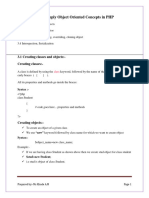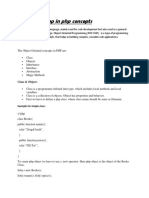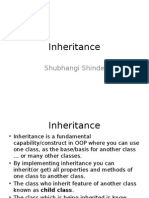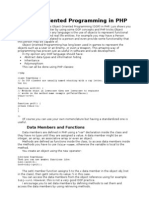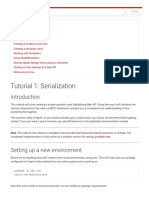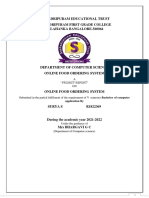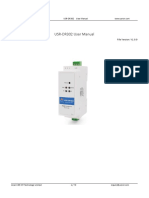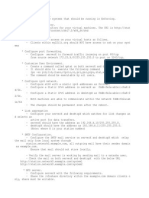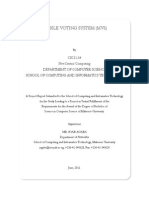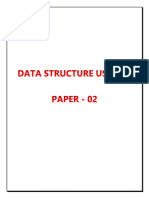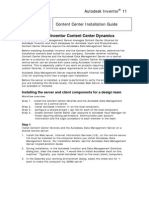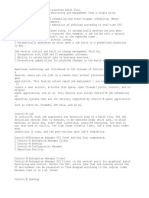0% found this document useful (0 votes)
6 views21 pagesUnit 3 (Part 2) Inheritance
The document discusses inheritance in PHP, outlining its types: single, multilevel, and hierarchical inheritance, while noting that multiple inheritance is not supported. It emphasizes the importance of inheritance for code reusability, extensibility, and data hiding. Additionally, the document covers PHP interfaces, sessions, cookies, and the differences between GET and POST methods in PHP.
Uploaded by
tatiboh192Copyright
© © All Rights Reserved
We take content rights seriously. If you suspect this is your content, claim it here.
Available Formats
Download as DOCX, PDF, TXT or read online on Scribd
0% found this document useful (0 votes)
6 views21 pagesUnit 3 (Part 2) Inheritance
The document discusses inheritance in PHP, outlining its types: single, multilevel, and hierarchical inheritance, while noting that multiple inheritance is not supported. It emphasizes the importance of inheritance for code reusability, extensibility, and data hiding. Additionally, the document covers PHP interfaces, sessions, cookies, and the differences between GET and POST methods in PHP.
Uploaded by
tatiboh192Copyright
© © All Rights Reserved
We take content rights seriously. If you suspect this is your content, claim it here.
Available Formats
Download as DOCX, PDF, TXT or read online on Scribd
/ 21


